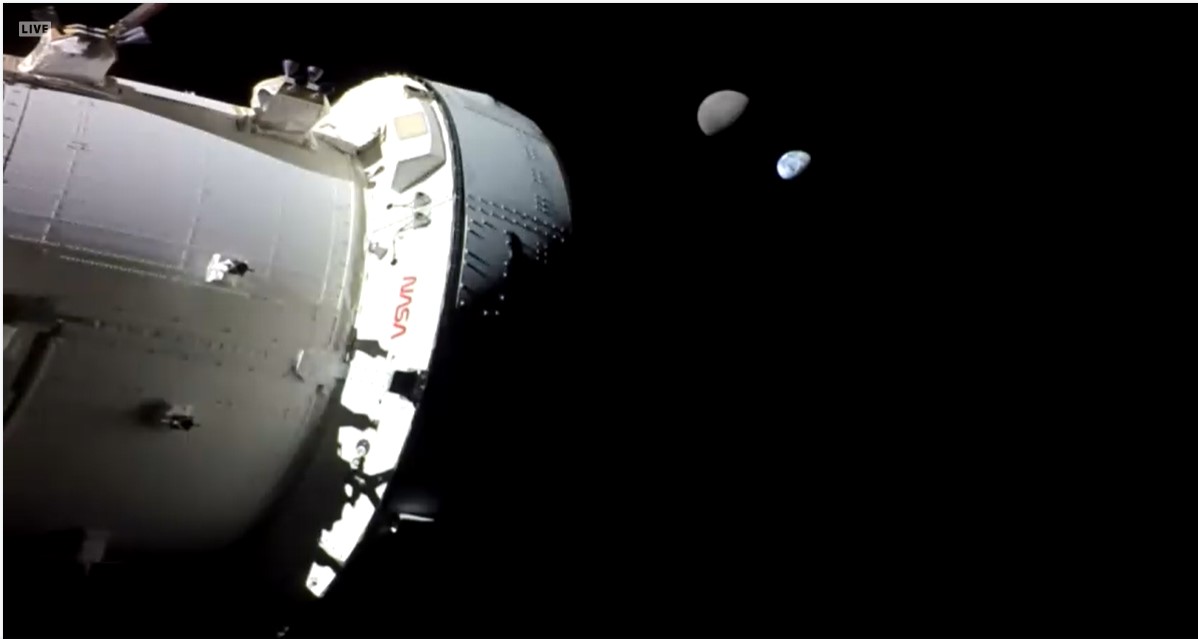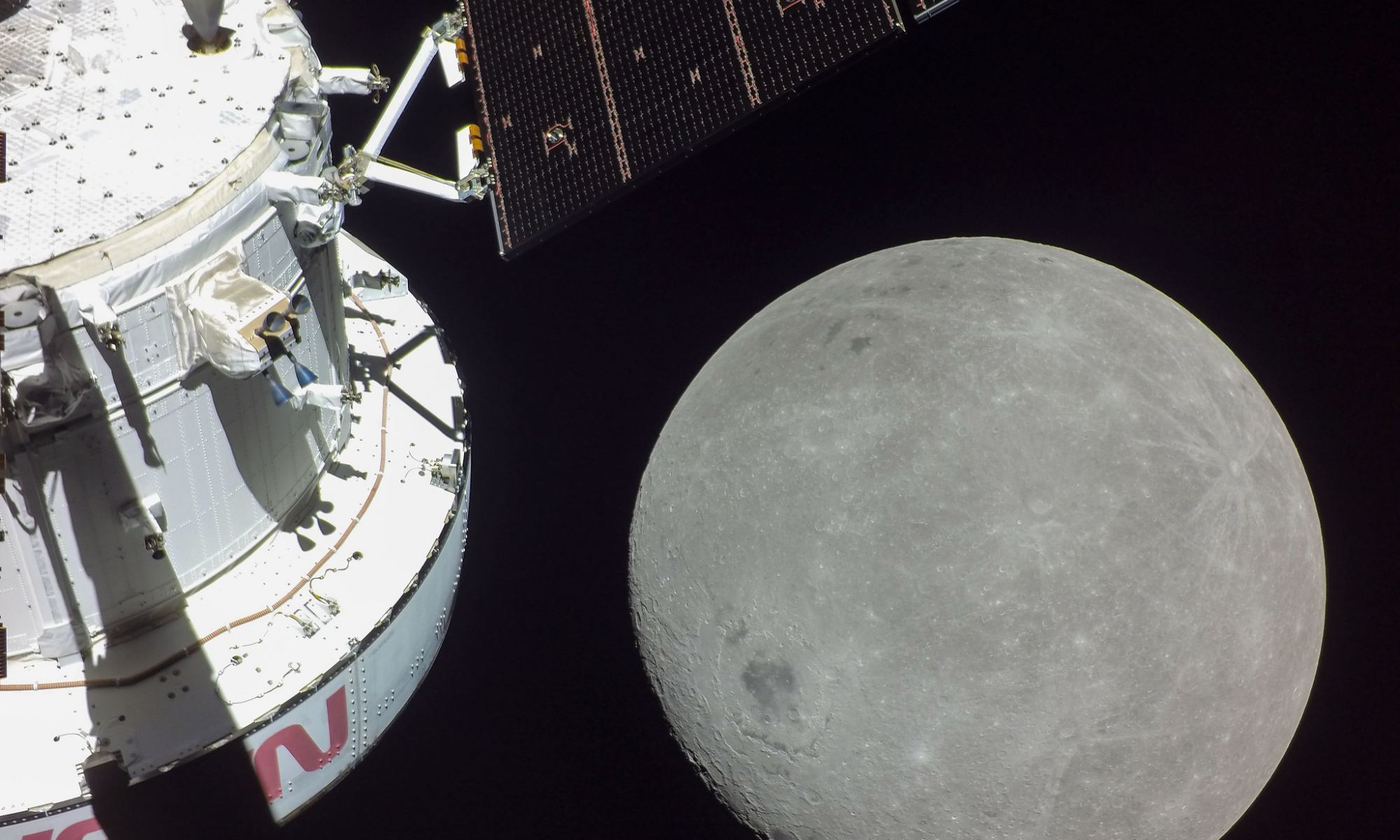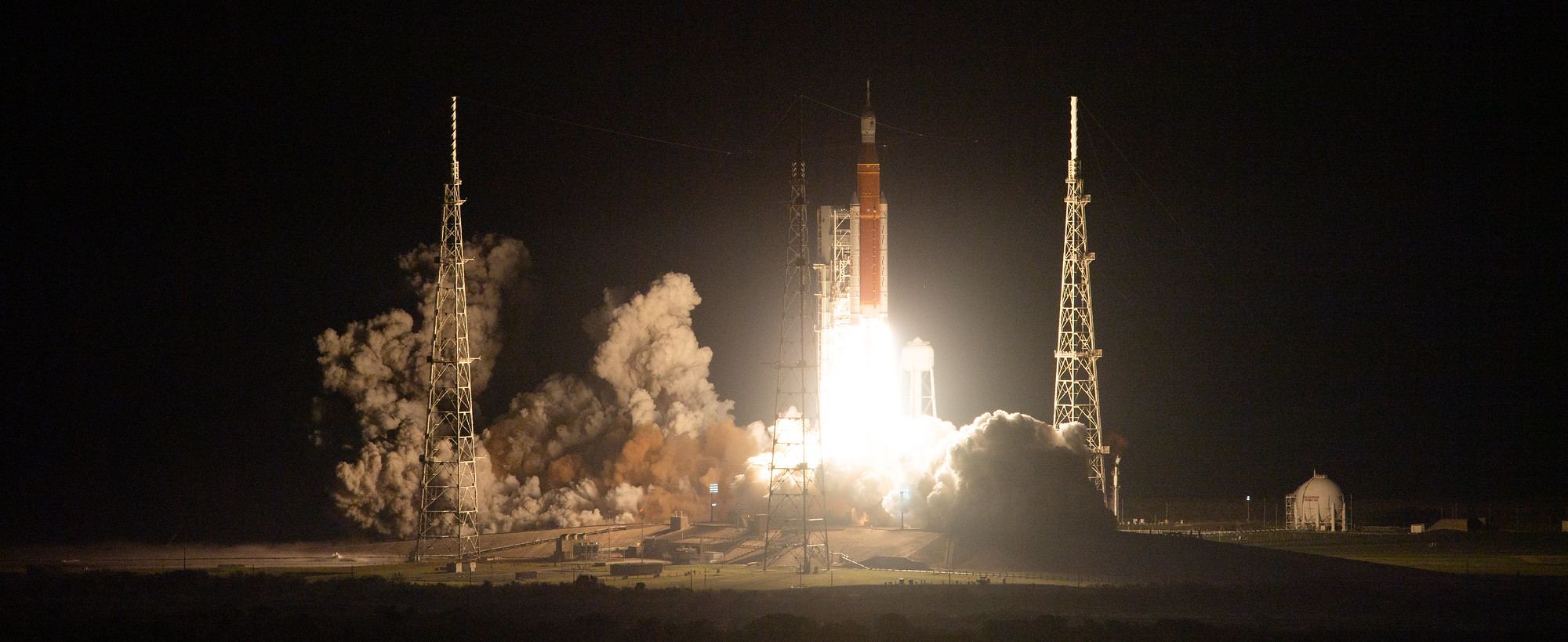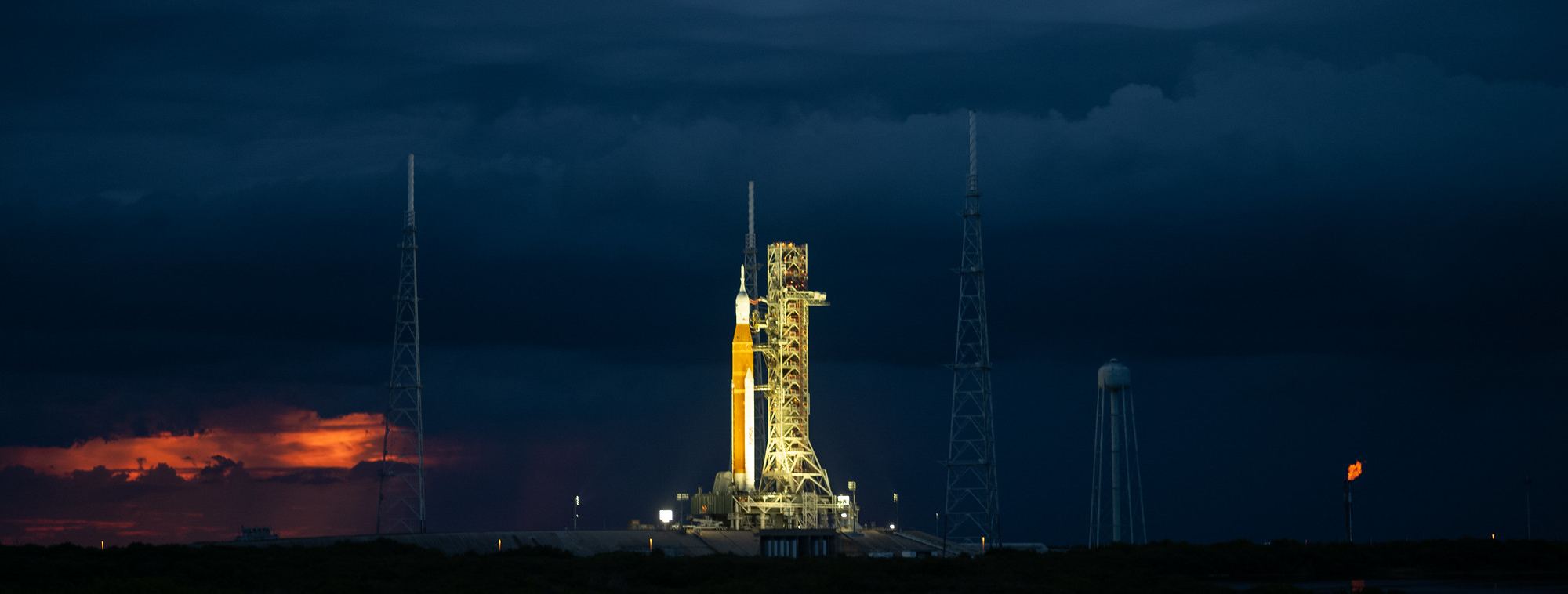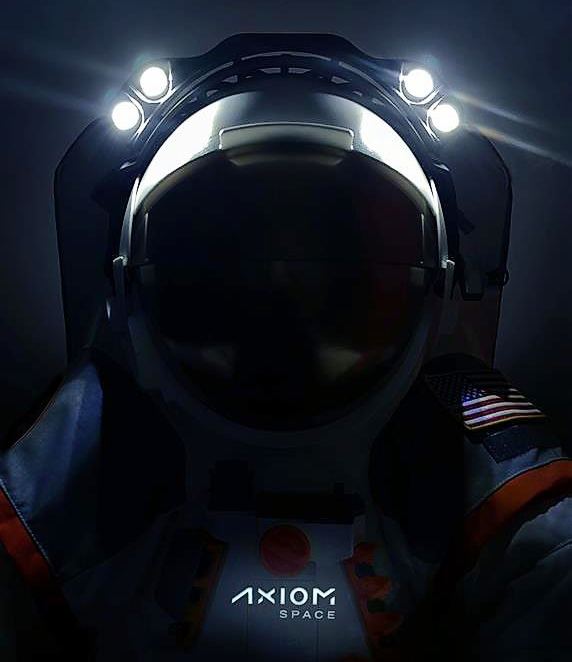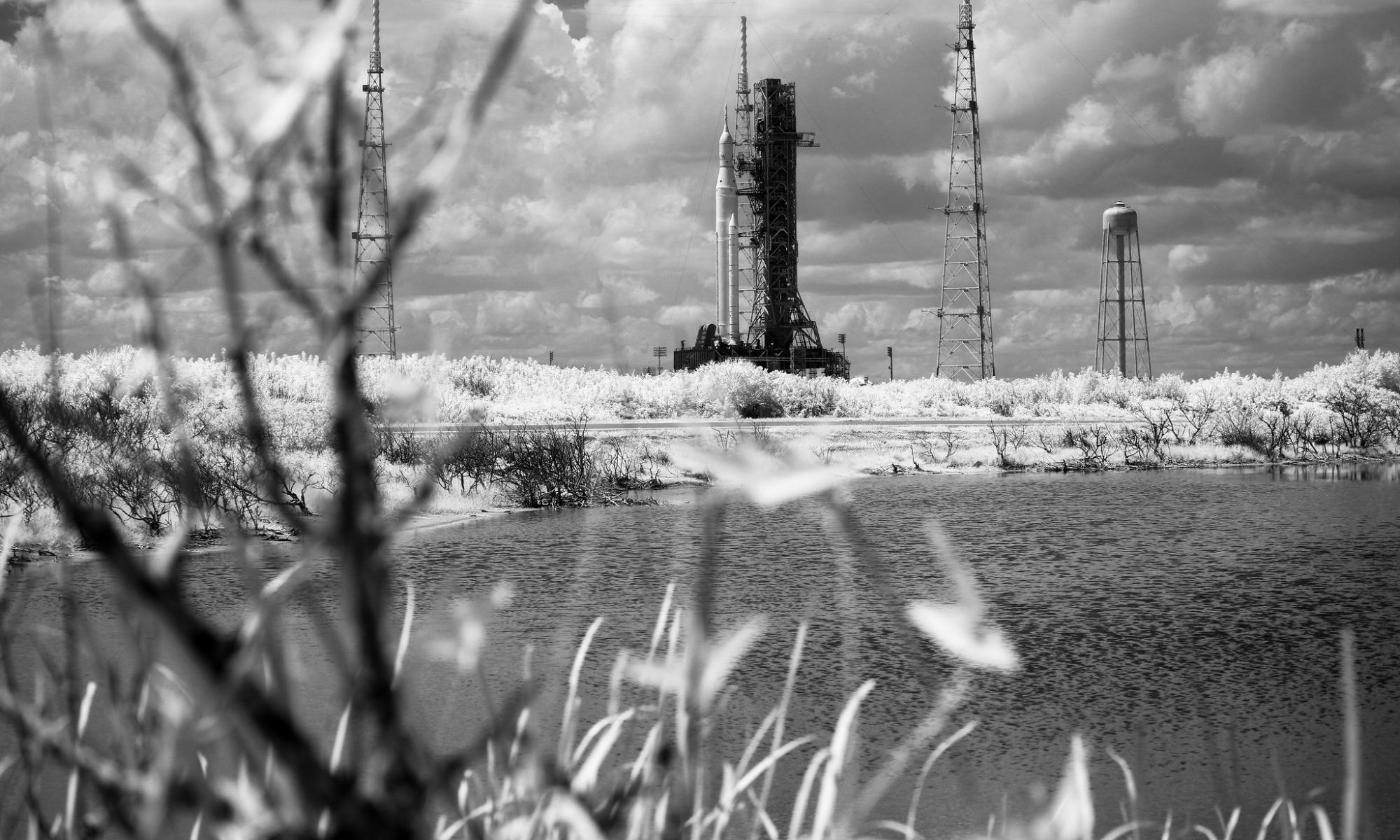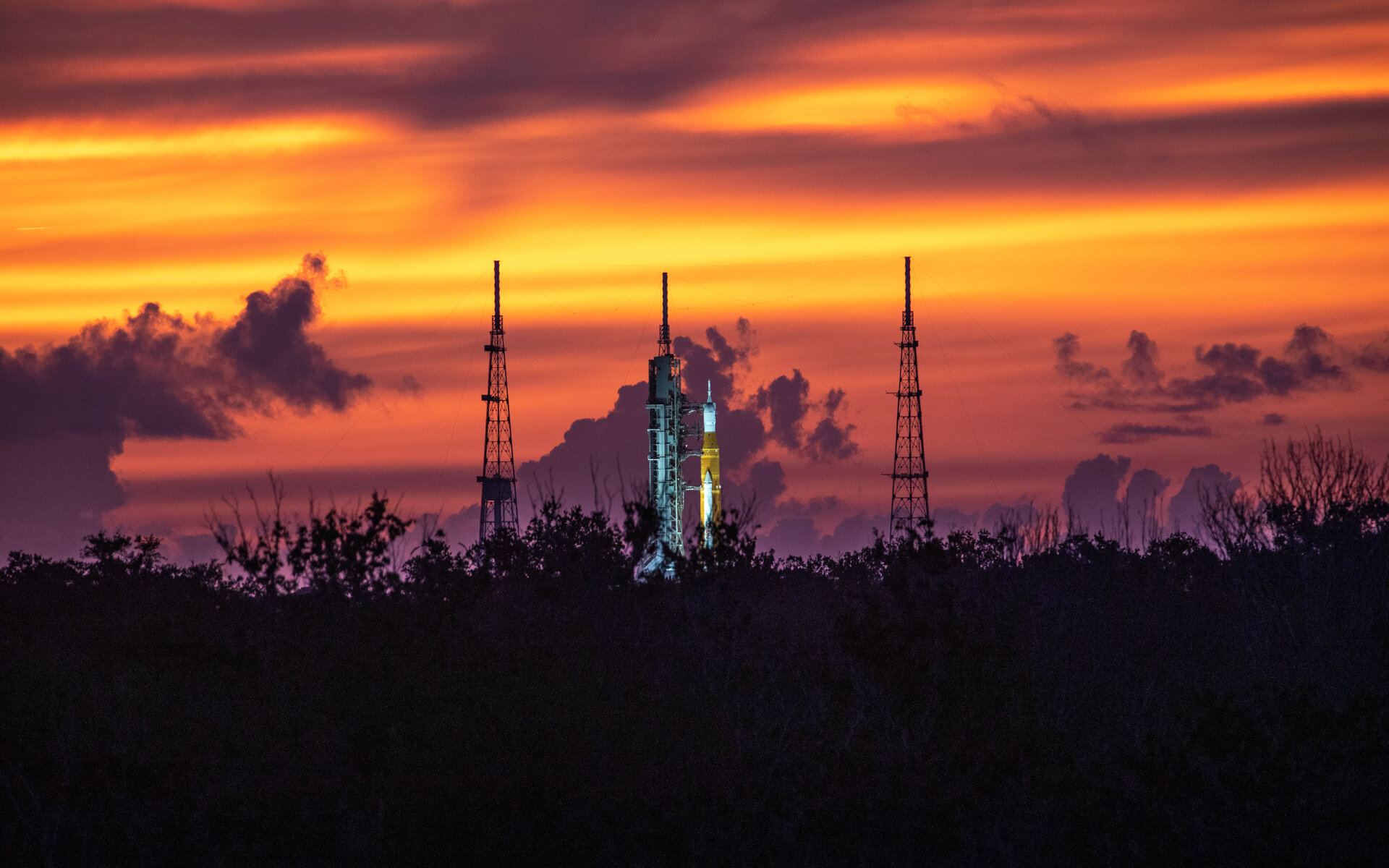On November 16th, NASA launched the first mission of the Artemis Program (Artemis I), which splashed down three and a half weeks later. This uncrewed mission saw the Space Launch System (SLS) send an Orion spacecraft far beyond the orbit of the Moon, establishing a new record for distance traveled by a mission and the amount of time spent beyond Low Earth Orbit (LEO). Powering the core stage of the SLS were four Aerojet Rocketdyne RS-25s, the same engines used by the Space Shuttle – known as the Space Shuttle Main Engine (SSME).
By the end of the decade, NASA plans to mount a total of six Artemis launches that will include crewed missions to the surface, the creation of the Artemis Basecamp, and the deployment of the Lunar Gateway. NASA also plans to upgrade key components in the mission architecture along the way, which include replacing the Space Shuttle Era engines with the newly-designed RS-25E. On December 14th, NASA tested this engine for the first time at the Stennis Space Center in Mississippi, completing a hot fire test that lasted for just under three and a half minutes (209.5 seconds).
Continue reading “NASA Just Tested a new Engine That Will Launch Artemis V and Beyond”

